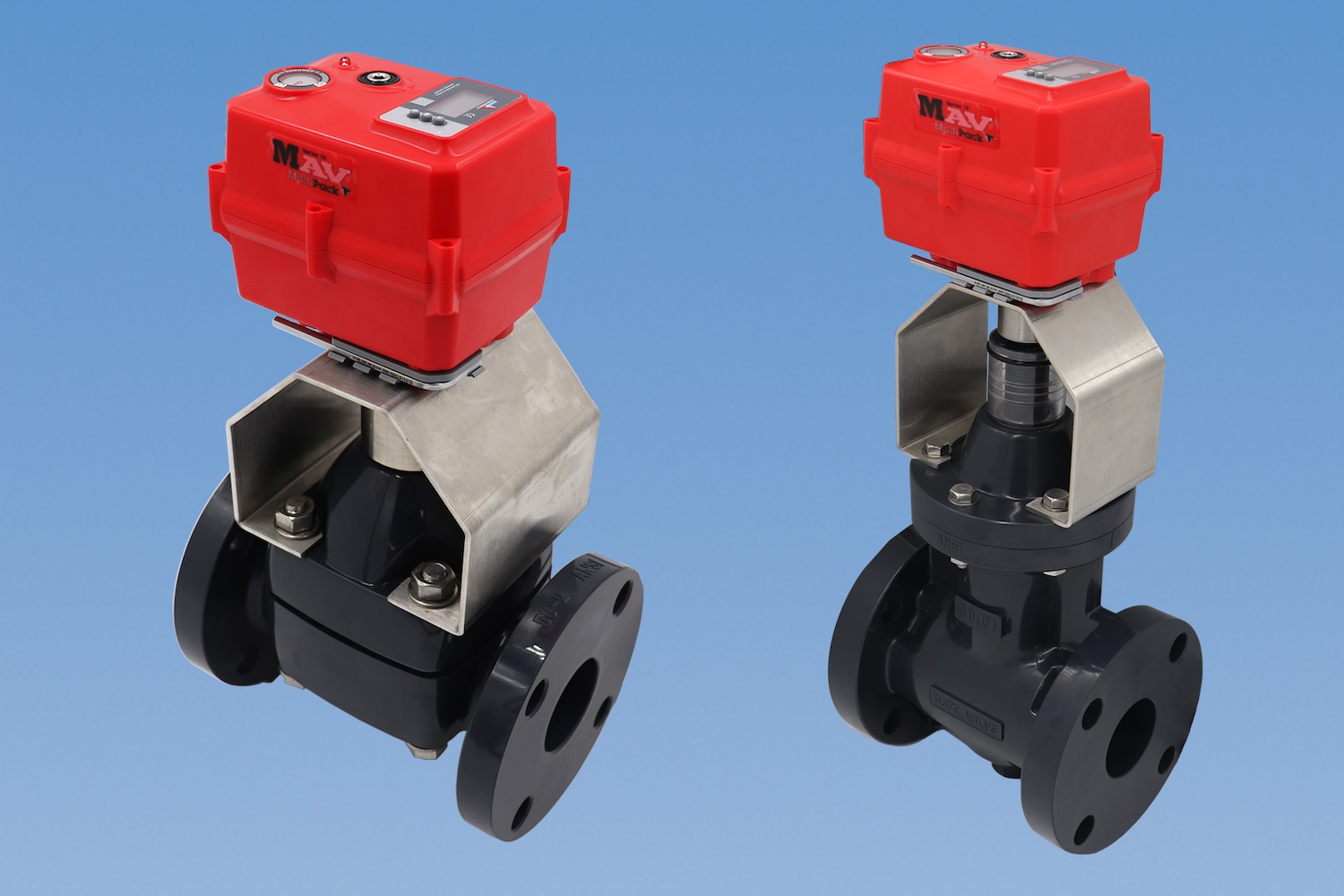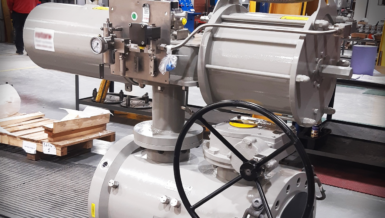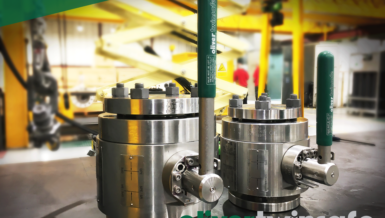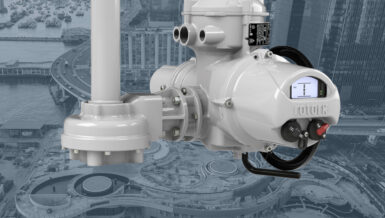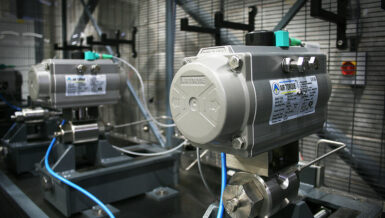The company created its “Double Block & Bleed” series 20 years ago. Since then, they have reported many improvements, and this new system is one of these innovations. The company based the design on the standard SHELL MESC SPE 77/165 and EEMUA 182.
As the title implies, AS-Schneider’s engineers mount these valves to the pipework. Thus, at least the first block valve coming from the process must have a robust process design. Process and instrument valves have different requirements, depending on function, medium, and pressure-volume-product. The potential hazard of pressure equipment is a function of these parameters.
Users continue to report a first-rate experience with our VariAS-Blocks. Thus, we developed a DBB ball valve for instrument piping. The main goal was to have a cost-effective solution. This goal was workable due to lower requirements for instrumentation. There’s also no need for an integral robust primary isolation valve. The result was our BA Series DBB ball valve, which has a very compact design. It’s lighter and takes up less space. It also boasts high-quality components for reliability and safety.
Advantages of an Instrument DBB ball valve
Double Block & Bleed valve systems are standard installations, and the oil and gas industry makes heavy use of them. Such installations of DBB valve systems have become a regular practice. You can even find them on offshore platforms. We connect the DBB system using three singles and a bleed valve between two isolation valves.
It’s better to use the BA Series instead, as one single in this series incorporates the three valves in one body. One of the advantages is lower costs. The savings are most evident for exotic materials like Alloy 625 or similar. The BA Series DBB also has fewer potential leak paths. Also, it weighs less, which is a boon for ships and offshore applications. It reduces costs without compromising safety. Plus, it’s easier to install, and it’s space-saving.
AS-Schneider instrument DBB valves are suitable as standard for up to 6,000 PSI (414 bar). They are also available in a high-pressure version up to 10,000 PSI (689 bar). All AS-Schneider valves feature an anti-blowout system.
Ball Valves vs. DBB Valves
A ball valve controls the flow of a gas or liquid. It uses a rotary ball with a bore to do this. This type may have two, three, or even four ports. Most manufacturers use three designs for the valve body: one-, two-, or three-piece. The “floating-ball” the most common configuration. This design suspends the ball in the media and holds it in place with two seating rings. The hole through the ball sometimes has different settings. For example, they are available in full, reduced, or V-shaped bore.
The term “double block and bleed (DBB)” causes much confusion. It is especially perplexing when it’s used to define valve functionality. Two credible sources define the term in different ways. Thus, it has been an ongoing debate in the oil and gas industry. OSHA requires DBB to be two individual valves in one unit. In contrast, API allows it to be one single valve with two unidirectional seats. AS-Schneider designs its valves according to OSHA’s definition.
Why do users specify a double block and bleed? Because they want a compact system that delivers more consistent isolation. Such isolation is necessary for dangerous areas. It gives more protection than a standard single valve would.
The use of a DBB valve for pressure energy isolation has become prevalent in the oil and gas industry. Still, not all companies have adopted it, and it is not applied across the board. Yet, the use of a DBB valve is high-level isolation, second only to actual physical separation. A dual ball DBB is a quarter-turn valve. It can create a quick barrier with a 90-degree turn, which is a timesaving option. It also gives a reliable shut off in critical applications.
API 6D describes a double block and bleed as a single valve with two seating surfaces. In the closed position, it provides a seal against pressure from both ends. This type must have a means of venting (or bleeding) the cavity between the seating surfaces. The valve can have this feature in one or both directions.
But there are also other definitions of Double Block and Bleed. AS-Schneider is using OSHA’s definition. It incorporates three independent operating valves in a single body, consisting of two Isolation/Block and one Bleed, with both Isolation/Block valves sealing in one direction.






